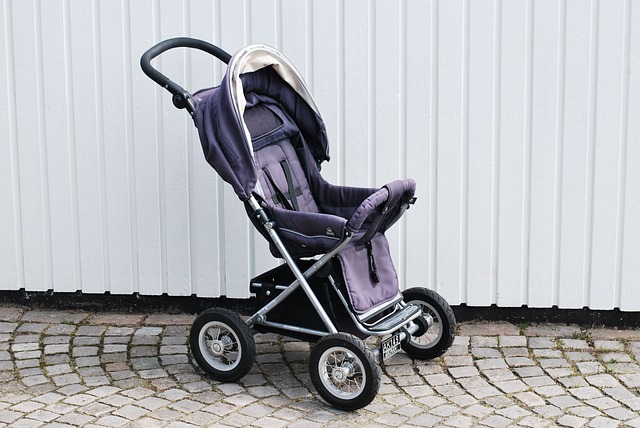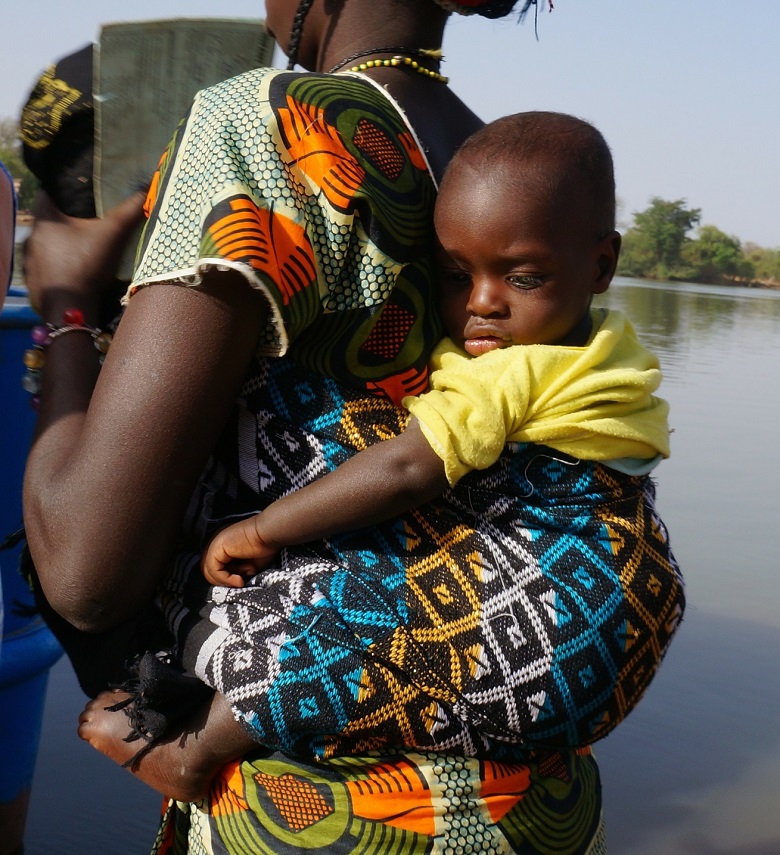How babies were carried around the world before invention of prams

The mass use of baby carriages began only in the middle of the 19th century. Queen Victoria became the founder of the fashion for infant transport. Her leisurely walks in the park with her little heirs began to be imitated by the English nobility and later by Europe and the whole world. But how did humanity cope with its offspring before this historical moment? Even today, however, not all babies are carried in strollers.
Africa
In Africa, carrying babies in a sling is still relevant today; this is more due to poverty than to the severity of morals. In the western part of the continent, children are worn in a thin cotton headscarf, which every woman (and more than one) has. This wardrobe item is multifunctional – it can serve as a skirt, headdress, and, including, a carrier for the baby, which is sent behind the mother’s back, most often in an upright position.

Kanga, as a rule, has a multicolor design. The classic version is a large square pattern against a rhythmic pattern and a life-affirming inscription in Swahili. But other fabrics are also used for carrying children.
Another authentic type of scarf is the Kitenge. A denser texture distinguishes the product, and the pattern is applied to it using weaving technology, not silk-screen printing.
Wearing babies in a headscarf frees up the hands and does not restrain the shoulders, allowing a woman and a child to do their everyday work. African women, attaching a child to themselves, prefer not to tie knots, which unpleasantly dig into the body during prolonged wearing, but to twist the scarf’s edges into a roller; this makes wearing more comfortable.
It should be said that this method favorably affects the posture of the mother – slouched over, it is uncomfortable to carry the baby.
Slavs
Among the East Slavic peoples, the traditions of carrying babies vary. In northern Russian villages, children were rarely carried. The kid spent a long time in the cradle. The bed was hung from a unique rail, which was attached to the ceiling beam. If the mother needed to leave, other family members were assigned to look after the baby.
The Slavs living to the south carried children with them much more often, using an apron called a hem for this purpose. The expression “in the hem has brought” is now gaining clarity. As in a cradle, the baby was located in it, and the mother tied the ends of the product behind the neck. Also, the Slavs used a towel or a scarf to carry children.
The baby was carried to the age when it was breastfed – three Lenten fasts, that is, up to 2.5-3 years old. After that, it could be left at home for older children.
South America
But on this continent, babies were worn with the help of a piece of fabric all the time. A woman with a small child continued to run the household – looking after pets, weaving, washing without parting with the baby. The material for the product in the mountainous regions was a dense fabric with a wool content, which caused a cool climate. In Peru, a K’eperina, for carrying children, could also be used to transport other non-living goods. It is characterized by a brilliant performance – in rich red tones with contrasting patterns.
Children under one-year-old were carried mainly in a horizontal position, shifting during sleep on the hip or back. The child could sit vertically behind the mother’s back, receiving a large view after a year. In the warmer climate of the savannah and tropics, carriers made of thin cotton fabric were used.
Asia
In Asian countries, babies were also often carried, taken with them to fieldwork, and not left alone during household chores. To keep the baby out of the way, it was tied behind its back. In China, ethnic carriers for children were called Mei-Tai. They were of a more complex design: a square flap with four sewn-on straps. Chinese women were not aesthetically pleasing with carriers – they sewed them from any durable fabric, sometimes from old clothes. The main criteria are reliability and durability.

But among the representatives of the Asian Hmong people, the attitude towards baby carriers was, on the contrary, quivering. A sling was sewn, as a rule, of durable red fabric, generously decorated with embroidery. On the back of the sling, needlewomen embroidered birds, animals, and even whole landscapes. Such a thing was cherished in the family and passed on by inheritance.
Northern peoples
Chukchi, Koryaks, and Eskimos sewed exceptional outerwear for children – amauti. The baby was located, as a rule, behind the back, but the design made it possible to move the baby to the stomach to breastfeed quickly.
Many northern peoples rejected this tradition, placing children in a cradle. Some made a crib for babies from birch bark or different wood species. If it was necessary to transfer the baby, then they took the cradle with them.




